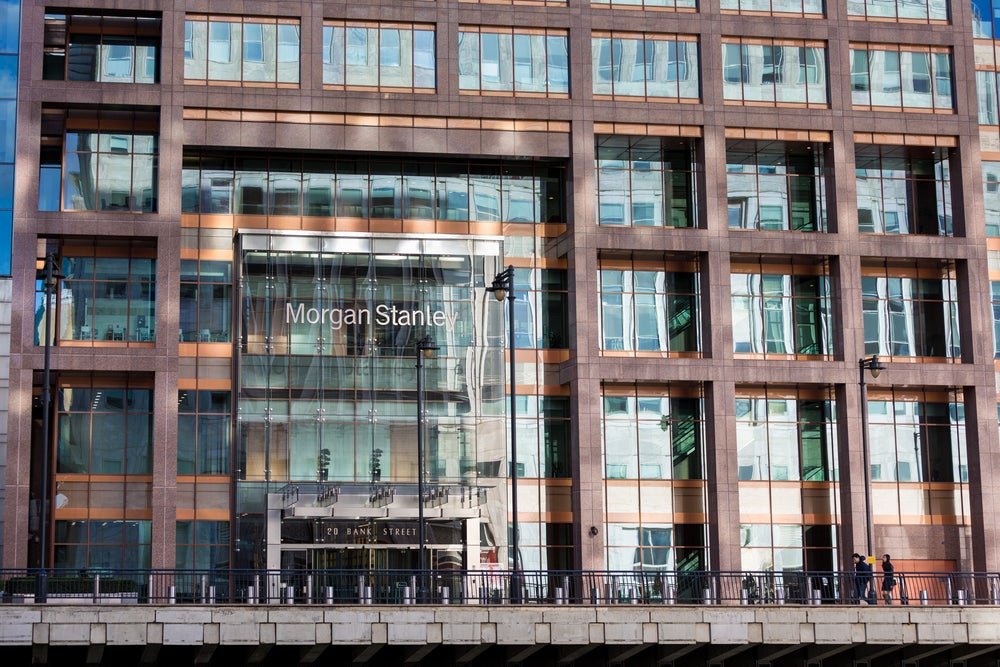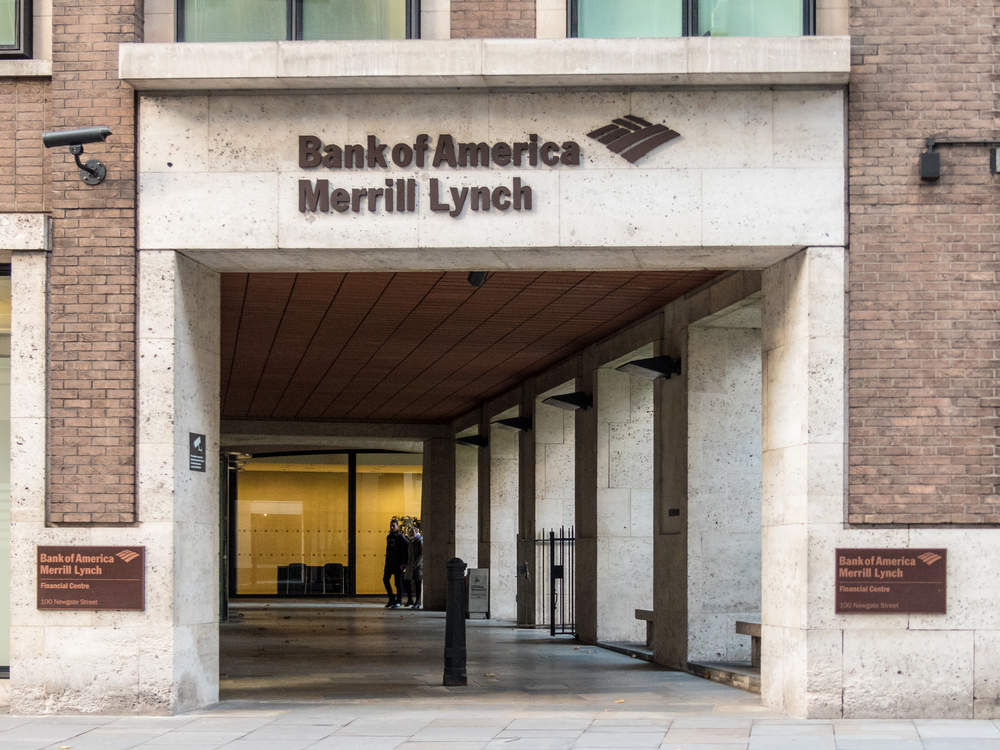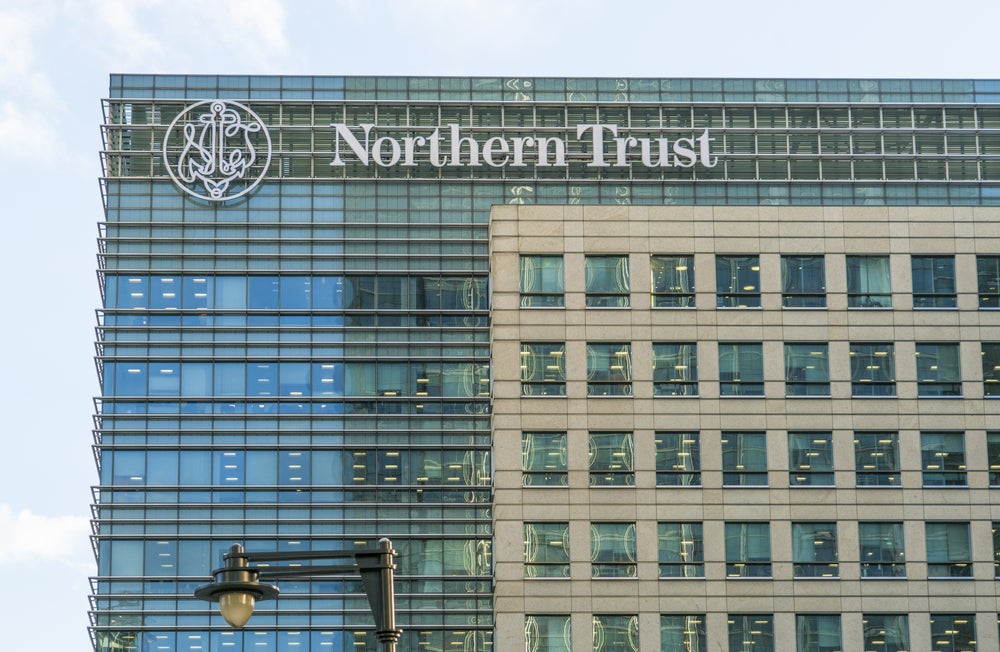
The US is home to some of the largest private banks in the world. But which actually are the largest asks Oliver Williams?
In the past two years, Private Banker International has joined forces with GlobalData (both part of the same parent company) to produce an annual ranking of global private banks by their assets under management (AuM).
Last week we revealed the largest private banks in Switzerland based on this data. This week we take a look at the largest private banks in the United States ranked by their AuM:
1. Morgan Stanley: $1,046 billion
 Morgan Stanley Wealth Management wins its major rivalry over Bank of America (BoA), coming second in this year’s ranking. However, this lead was more down to BoA’s 6% fall in AuM than Morgan Stanley’s figure, which remains largely static.
Morgan Stanley Wealth Management wins its major rivalry over Bank of America (BoA), coming second in this year’s ranking. However, this lead was more down to BoA’s 6% fall in AuM than Morgan Stanley’s figure, which remains largely static.
The US bank is looking abroad to expand its wealthy client base. Earlier in the year, it acquired a minority stake in French asset manager Tikehau Capital Advisors. It now intends to acquire a majority stake in its Chinese joint venture (JV).
Morgan Stanley’s interest in the wealthy Chinese market comes after UBS became the foreign bank to take a controlling stake in its China business.
2. Bank of America Merrill Lynch: $1,021 billion
 The rivalry between America’s two wealth management giants is not over. ‘Just’ $25 billion separates the AuM of BoA and Morgan Stanley. By comparison, UBS manages more than both Morgan Stanley and BoA put together.
The rivalry between America’s two wealth management giants is not over. ‘Just’ $25 billion separates the AuM of BoA and Morgan Stanley. By comparison, UBS manages more than both Morgan Stanley and BoA put together.
3. JPMorgan Private Bank: $552 billion
The only top 5 US private bank to expand its AuM between 2017 and 2018, JPMorgan’s wealth management division grew by 5% over those 12 months, thanks largely to global expansion.
Earlier in the year, the US bank announced plans to increase its frontline private banker headcount in Latin America by 15%.
Like Morgan Stanley, JP Morgan is now looking to China to expand its AuM. Japanese brokerage Nomura and JPMorgan Chase have secured the go-ahead from the China Securities Regulatory Commission (CSRC) to launch securities joint ventures (JVs) in China.
Things are going less well at JP Morgan’s investment bank, which has unveiled plans to cut hundreds of jobs.
4. Citigroup: $460 billion
The assets under management in Citi’s private bank remained unchanged between 2017 and 2018. Private bank revenues were $880m in the first quarter of 2019, a fall of 3% from $904m last year.
5. Goldman Sachs: $391 billion
Like Citi, AuM at Goldman Sach’s wealth management business saw little movement between 2017 and 2018. In fact, the figure fell by 0.5% according to GlobalData.
This is despite Goldman Sachs’s efforts to focus more on the less affluent end of wealth management. In the past 12 months, it has invested in several digital banks catering to the retail banking market and, in October last year, it moved its own digital bank, Marcus, under its wealth management unit.
6. Raymond James: $366 billion
 Raymond James’ wealth management division grew its assets under management faster than any other bank on this list. Between 2017 and 2018 its AuM increased by 24%.
Raymond James’ wealth management division grew its assets under management faster than any other bank on this list. Between 2017 and 2018 its AuM increased by 24%.
Part of this increase can be put down to acquisitions – earlier this year Raymond James agreed to buy Silver Lane Advisors – and expansions it has made in the UK and other countries.
However, such a rise in AuM cannot be credited to these two factors alone. Wealth managers will be eyeing up other tactics that Raymond James used to expand its AuM by nearly a quarter when most saw losses.
7. Northern Trust: $278 billion
Northern Trust Wealth Management witnessed a near 4% AuM decline in the 2017-2018 period. However, its fortunes looked set to change at the beginning of this year: Assets under management or custody in its wealth management division were up 5% in the first quarter of 2019.
8. Wells Fargo: $224 billion

A near 10% drop in AuM between 2017 and 2018 confirms Wells Fargo’s position at the bottom of this list. However, a disappointing set of results for the first quarter of 2019 signal that it might occupy bottom place next year as well.
The wealth and investment management division of Wells Fargo reported a net income of $577m for the first quarter of 2019, a 19% slump from last year’s figure. Meanwhile, client assets at the wealth management business were down 4% on a year-on-year basis.











